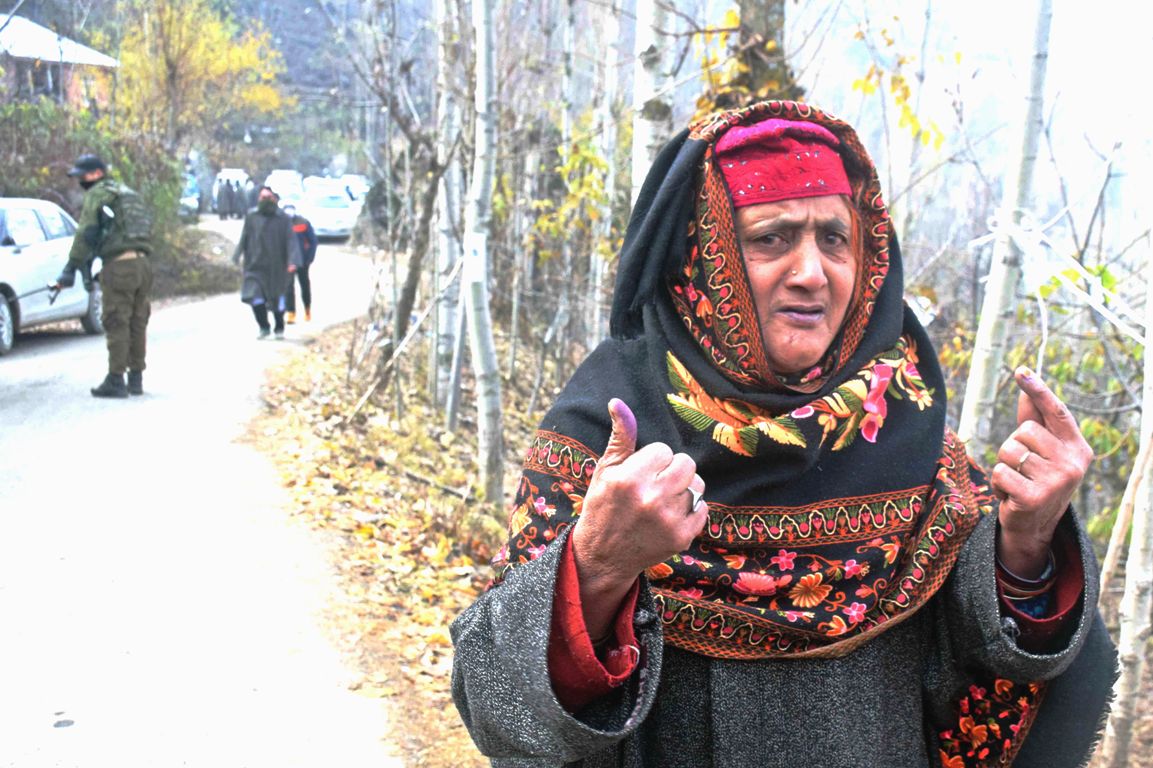by Dr Junaid Jazib
Forest Rights Act is a sincere attempt to protect and provide basic human rights to an extremely marginalized community. It is in accordance with a host of international conventions and declarations which India proudly ratifies.

Forests, having cradled the human civilisation and impacted its subsequent journey, have always been pivotal in our economies and ecology. However, their reflection is much more prominent in day to day lives of traditional, nomadic and indigenous communities still living in forested areas. For their socio-cultural regimes having evolved virtually within the forest ecosystems, they derive all their requirements from the woods. The close-knit relationship they have with the forest is mutual. Accordingly, they hold their home very dearly, protecting it against all adversaries. They are the faithful custodians of an invaluable treasure which mankind can’t afford to lose. The knowledge they have acquired over centuries is highly important from resource-utilization as well as conservation point of views. Researchers and biologists, approving its validity, often encourage its exploration and incorporation into scientific data.
Notwithstanding, these forest-dwelling communities, generally tribal groups, have been pushed to live in miserable conditions all over the world, with India being no exception. Away and out of local and national mainstream groups, they lack basic amenities of life like education and healthcare. Industrialisation and the economic progression of the rest of the society only added to their miseries. Forests, on which they rely for their survival, were cleared for timber and forest produce. Indiscriminate plundering of forest wealth, particularly during but not limited to the colonial era, had sabotaged their socioeconomic settings. Colonial laws went to the extent of designating them as ‘criminals’ when they resisted the vandalism and pillaging of forest wealth. Even after independence, the forest protection and management policies not only ignored the role and importance of these communities in protecting the country’s green gold but also snubbed the humanitarian aspects while dealing with them. They, not being able to sustain their livelihood either due to resource depletion or eviction from their traditional habitations, were left stranded and helpless.

About 8% (84,326,240) of the total population in India and 20% (over 22, 00,000) in Jammu and Kashmir belong to the Scheduled Tribes, a great majority of who inhabit forests or nearby areas. But they have no legal rights over their lands, farms, dwellings or any sort of forest produce. They have been facing vicious poverty, eviction and exploitation at the hands of forest authorities, revenue officials, police, land mafia, timber smugglers and even locals. The Scheduled Tribes and Other Traditional Forest Dwellers (Recognition of Forest Rights) Act of 2006 (often referred to as Forest Rights Act) came as a blessing and great saviour for these communities but unfortunately, it did not apply to the hitherto state of Jammu and Kashmir as such and the state government never bothered to formulate a similar law to benefit the aggrieved people under its jurisdiction. Now, with the scrapping of Article 370, the Act inherently applies to J&K and offers relief to Gujjar-Bakarwals and Gaddis who constitute the major groups of forest-dwelling Scheduled Tribes in the region. The Act, in a first-ever instance of the sort, recognises these communities as an integral part of the forest ecosystem and appreciates their role in the conservation and management of natural resources. It understands “that the forest rights on ancestral lands and their habitat were not adequately recognised in the consolidation of State forests during the colonial period as well as in independent India resulting in historical injustice to the forest-dwelling Scheduled Tribes and other traditional forest dwellers who are integral to the very survival and sustainability of the forest ecosystem”.
Aiming to address a serious problem, it provides a framework to empower “the forest-dwelling Scheduled Tribes and other traditional forest dwellers who have been residing in forests for generations but whose rights could not be recorded”. The Forest Rights Act (2006) recognizes (i) tenurial rights and security on ‘forest’ lands; (ii) livelihood rights, such as agriculture, pastoralism, non-timber forest produce, and so on, including rights to collect, trade and process the latter; (iii) traditional, customary and developmental rights and (iv) governance rights to protect, conserve, regulate and manage community forest resources.
Implementation of the Forest Rights Act in Jammu and Kashmir would affect thousands of families reeling under uncertain circumstances due to not having any legal rights over their ancestral lands. Having gained the legal validity of their homes and habitations, lakhs of Gujjars, Bakarwals and others will be entitled to get basic amenities of life including healthcare, education, connectivity, food security, and livelihood. The Act is a sincere attempt to protect and provide basic human rights to an extremely marginalised community. It is in accordance to a host of international conventions and declarations which India proudly ratifies.
Besides addressing a grave humanitarian issue, the Act aims to attain conservation objectives in a more effective and practical manner by involving the indigenous groups. It stresses that “the recognised rights of the traditional forest dwellers include the responsibilities and authority for sustainable use, conservation of biodiversity and maintenance of ecological balance and thereby strengthening the conservation regime of the forests while ensuring their own livelihood and food security”. The traditional forestry knowledge, skills, and experience accumulated by the forest-dwelling communities over centuries shall certainly supplement the scientific management of forest resources.

This Act is, in fact, a vital tool for delivering good governance by ensuring social justice, equality, basic human rights, grass-root level democracy and transparency. It is not something that enables land distribution or loss of forest areas as propagandised by certain quarters. It simply provides a framework to give legal recognition to lands that people have already been farming as of 2005 and that too up to a ceiling of 4 hectares only. The claims of forest dwellers over their lands are required to be examined and verified by a 3-tier body of committees ensuring complete transparency, democracy and genuineness. In most cases, such lands are recorded long ago as ‘forest’ in the revenue records without ascertaining their actual position. The Act can’t be precluded in conservation efforts in areas such as national parks or wildlife sanctuaries where the presence of humans interferes with the conservation. It, however, provides for proper relief and rehabilitation of the population being displaced.

The Himalayan eco-region harbours huge geographic, cultural and biological diversities. Its spectacular peaks, plateaus, plains and valleys, supporting a deep and diverse world of plants and animals, are also inhabited by various groups of people rooted in altogether different socio-cultural milieus. Forests and pastures constitute the most vital part of the Himalayan ecosystems and so does the indigenous and traditional human groups. They can’t be left to the mercy of God in the world’s oldest civilisation and deserve to be protected and provided with basic facilities of life. Implementation of the Forest Rights Act 2006 in Jammu and Kashmir would offer a strong basis for protecting the
cultural as well as biological diversity of the region. It would promote equality, social justice, transparency and prosperity.
(Author heads the Environmental Sciences department at the Government Post-Graduate College, Rajouri. The opinions expressed in this article are those of the author and do not purport to reflect the opinions or views of Kashmir Life.)















